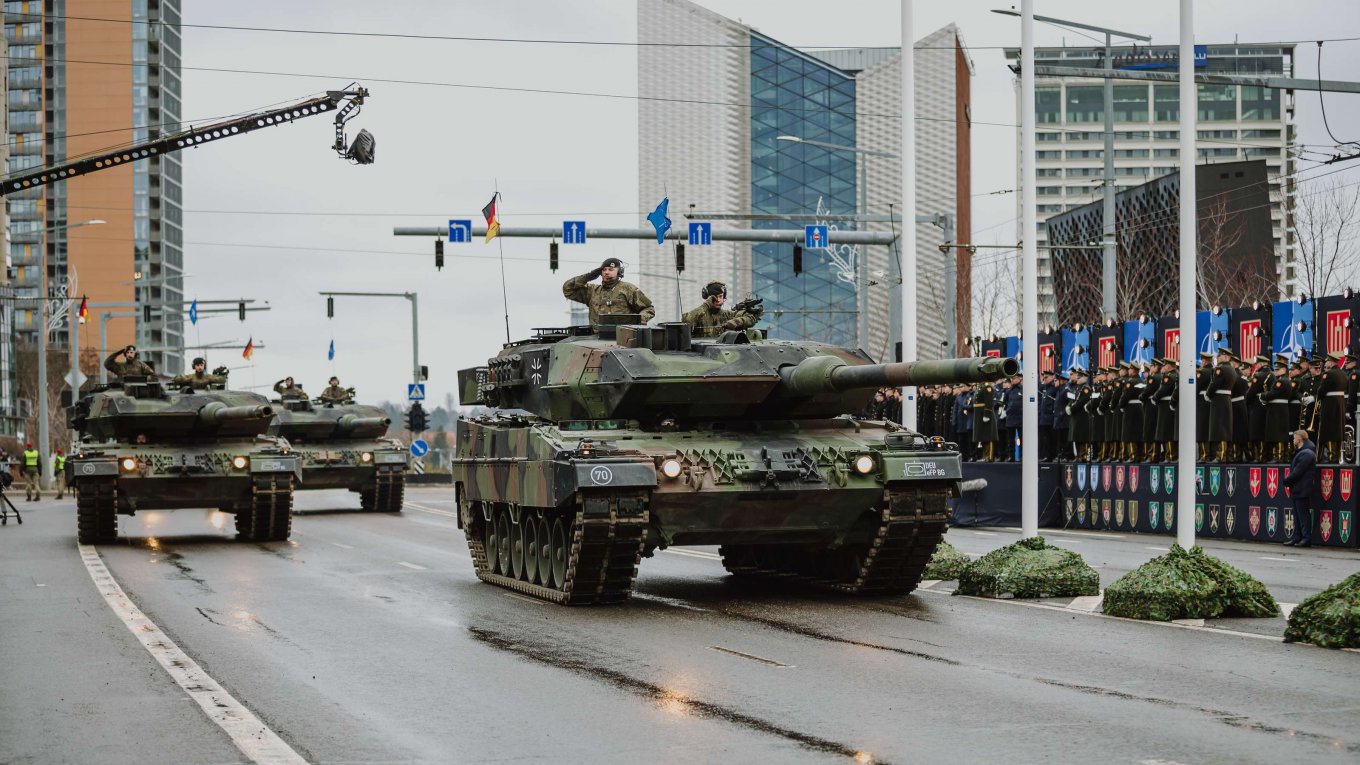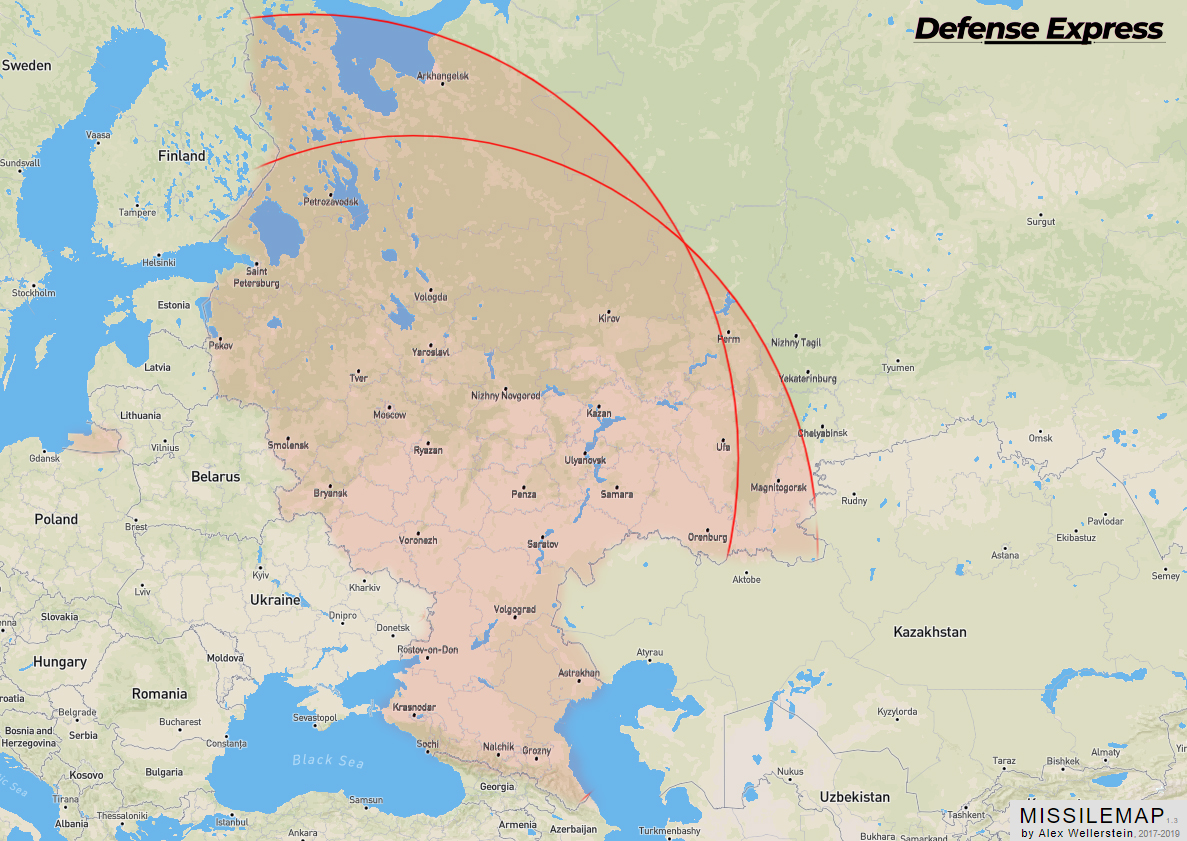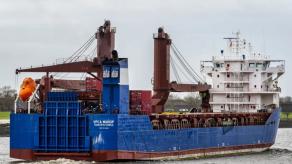Ukrainian President Volodymyr Zelenskyi has announced his Victory Plan today, October 16th, to the parliament of Ukraine. Essentially, it's a war plan prepared by his team that is supposed to finish the war against russia with Ukraine holding a strategic advantage coming into peace negotiations.
Among the articles suggesting political steps, as well as reinforcement of air defenses and long-range capabilities, there is one clause we'd like to highlight and discuss in detail: a "non-nuclear strategic deterrence package" which will prevent any repeated aggression from russia post-war.
This proposal is complementary to the point about Ukraine's immediate invitation to join the North-Atlantic Alliance with prospect of full-time accession in the future, and the fact Ukraine currently holds the most experienced military among NATO partners. The deterrence package is needed so that the russian federation has only two options — either to abandon its aggressive pursuits, or get a "devastating response" and "lose its war machine" altogether, Zelensky said during parliamentary hearings.
There is a secret annex to this article of the Victory Plan, which the United States, France, Italy, Germany and the United Kingdom have received, alongside a few other countries "who can help to back this concept of deterrence." The exact content of this package is not announced. However, based on current realities, Defense Express can make careful cautious assumptions about what it means.
Firstly, it is important to realize the difference between NATO membership and NATO deploying its forces on Ukrainian territory to enter the battle side by side with Ukrainian ones right away. A great example of this difference is Lithuania, which is protected by German brigades deployed on its territory as provided by specific agreements.

The reason why it matters here is because the well-known Article 5 of the NATO charter, the foundation of the whole Collective Security concept, directly says that in the event of an "armed attack" on an ally, other members of the Alliance will "assist" by taking "such action as it deems necessary, including the use of armed force." In other words, direct participation in hostilities is only one amongst options. Furthermore, practice shows that the degree of commitment to any international agreement very much depends on the willingness of the signatories.
Zelenskyi's plan also provides that if the mechanism he proposed is triggered, the aggressor must "lose its war machine," or more specifically, the russian federation would be "guaranteed to lose its capability to continue its aggressive war as a result of Ukraine applying this deterrence package in accordance with defined military goals of russia."
This doesn't mean destruction of russian troops on the frontline but a massive strike on strategic facilities in the rear. Possibly, on the main economic and industrial facilities, including factories that produce weapons, arms storage depots, etc.

This kind of mission requires placing very long-range missile systems on Ukrainian territory. In this context, it's even about ATACMS or prospective PrSM missiles with their respective attack range of 300 and 500 kilometers. Targeting russian critical infrastructure would necessitate more far-reaching weapons capable of covering distances 1000 km and more.
For example, such as Tomahawk cruise missiles launched from Typhon ground-based launchers, or the European Land Cruise Missile system. The fact that the latter is a project led by MDBA fully explains the announced list of European countries provided with secret details — after all, MDBA belongs to French-German Airbus, British BAE Systems, and Italian Leonardo.
The following map is an approximated illustration of the extent of russian territory that land-based Tomahawks would be able to cover, based on the declared 1,600-km range. Meanwhile, the range of the LCM is unknown yet, as the project has just started this year.

Tomahawk and LCM could pose a serious threat to russia's weapon factories and logistics hubs, disrupting production, repairs and supply chains, leaving the troops without equipment. Alternatively, targeting major oil refining industries could leave the Kremlin without money to support the war effort.
That said, if Ukraine's partners commit to deployment of these long-range attack systems, even solely non-nuclear versions of them, there is still one aspect that negates their technically non-nuclear status: the Kremlin has initiated changes to its nuclear doctrine in late September 2024.
According to the new edition, Moscow can trigger a nuclear response against non-nuclear states which, allied with or "supported" by nuclear powers, carries out a mass attack using any means of "aerospace attack," a definition broad enough to include not only cruise or other missiles but even drones. Some analysts argue that the amendments to legislation were made specifically to create a pretext for a nuclear strike on Ukraine.
That is why a deployment of such "non-nuclear strategic deterrence" weapons on Ukrainian soil would effectively bring about a "nuclear status" of Ukraine. At least in russia's eyes, that is.

Read more: 18 North Korean Citizens Flee russian Positions Near Ukrainian Border














